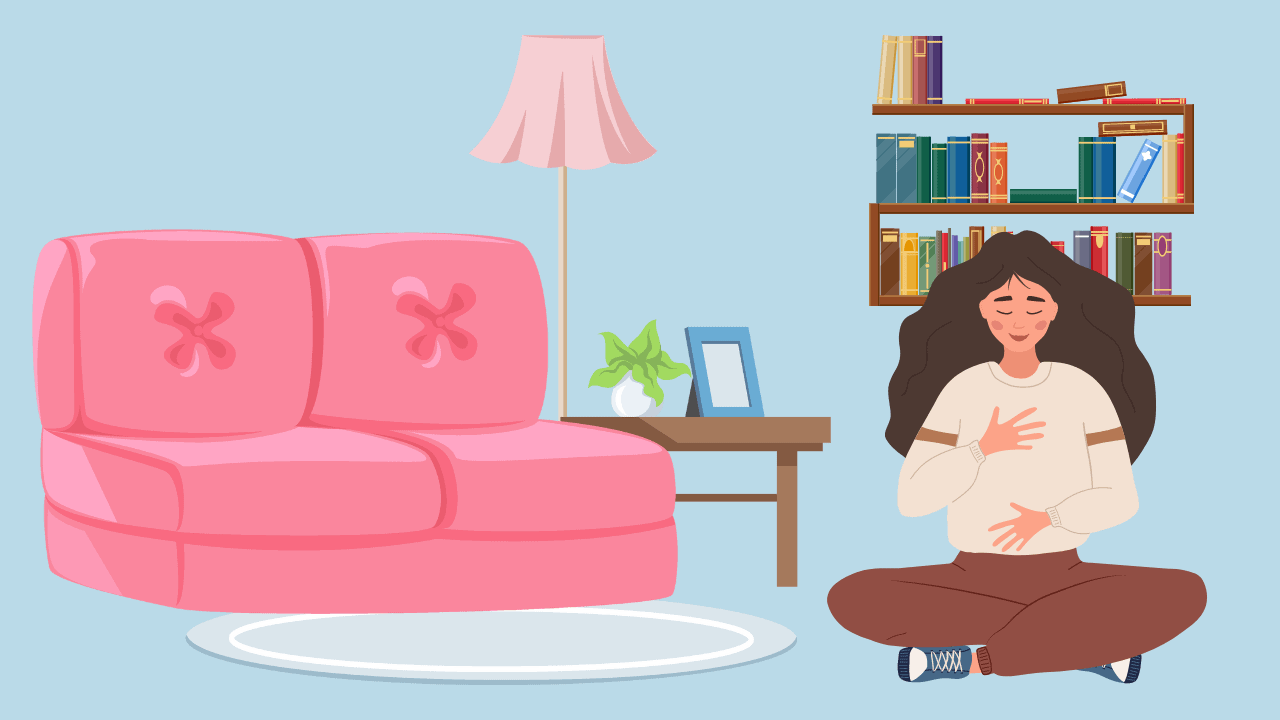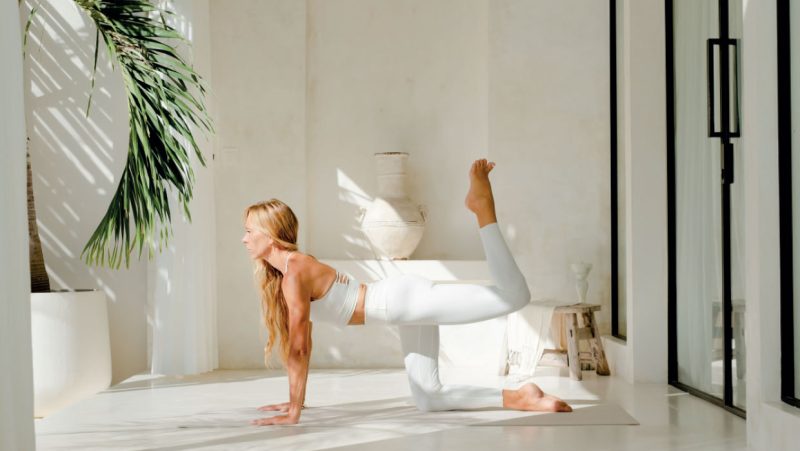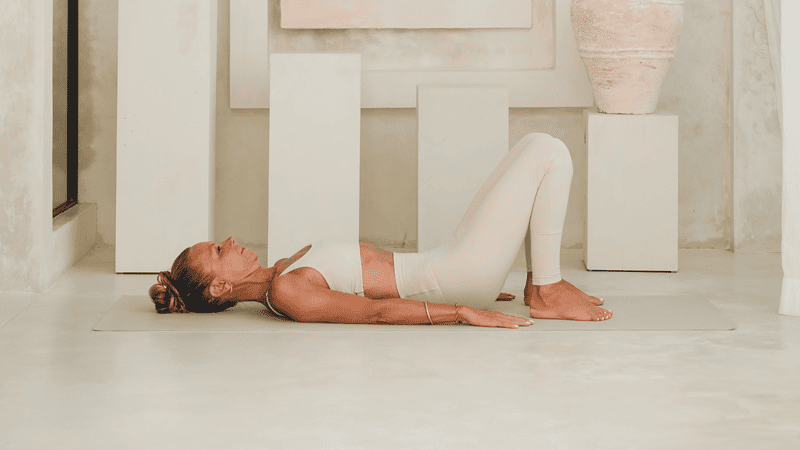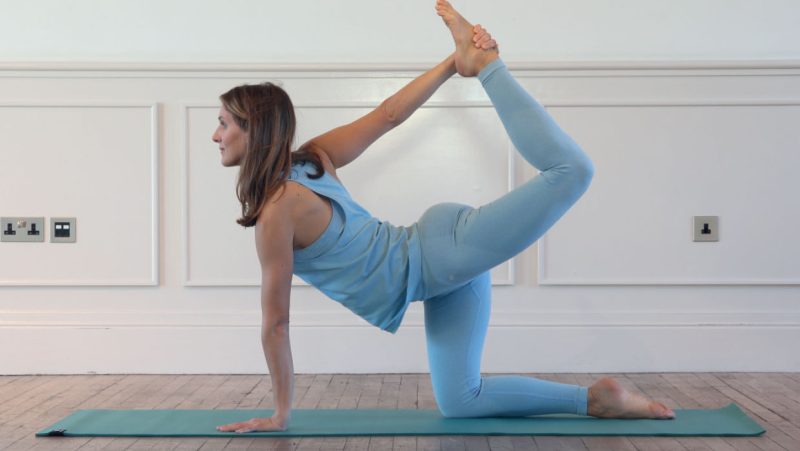
5 tips for practicing mindfulness
The first steps to experiencing the benefits of mindfulness. By Dr Melissa Susan Krieger
Is mindfulness a goal of your yoga practice? A decade ago, I would not even have understood the question. Considerable research points to the benefits of mindfulness meditation. The work of Kabat-Zinn (2003), Lazar et al. (2008), Cuddy (2015), Miley (2017), and Seppålå, et al. (2020) portray meditation and present moment awareness as means to decrease stress, while increasing confidence and motivation. Yoga cues of “stand with your feet wider than hip distance”, “place your hands on your hips”, “lift your heart”, and “relax your shoulders illustrate power poses, which can be practiced anywhere for a quick mindfulness reminder (Cuddy, 2015).
Clearly, mindfulness is not reserved for the yoga studio, so it is about time to practically apply what yogis have known all along. Even so, factors that initially bring us to yoga in the first place, can change over time. Some of us come for the physical benefits, others for the sense of community. Spiritual guidance and a means to cope with stress also factor into our decision to choose yoga, over and over again. Whatever your personal reason, we may share a desire for life improvements, which can be attained through practicing mindfulness meditation even in isolation of Asanas (physical yoga postures).
Tips for practicing mindfulness
When I look back at my initial motivation to walk into a yoga studio, I recognize that I was in search of a physical experience. I loved the power and strength of Vinyasa, the calm and balance of Salamba Shirshasana (headstand), and the deep relaxation experienced in Shavasana (corpse pose). That was then. What keeps me coming back? Turns out, while the joy of Asana (physical yoga postures) is real, mindfulness strategies learned on the mat lead to greater self-awareness and motivation, making work and personal relationships easier and more pleasant. My intention for creating this cheat sheet is to offer tools for fostering presence and confidence in all aspects of life, well after we leave the studio. With so much research pointing to the manipulation of breath movement and meditation having positive influence on psychological health and stress-related disorders, here are the first steps to experiencing the benefits:
Tip #1: Start in a sitting position. Whether cross-legged on the floor or sitting on a chair, make sure to be super comfortable. Get comfortable by leaning your back on a wall or sitting on a pillow. Feel your weight on the surface that supports you.
Tip #2: Start following your natural breathing, tuning in to soft inhales and exhales, as you feel your body filling up, and then deflating. Close your eyes or relax your eyes into a Drishti gaze (soft focus).
Tip #3: Take your attention to the external space of the room you’re in. Listen to the sounds or stillness in the environment and feel the air on your exposed skin. Continue your natural soft breathing pattern, in and out through your nose. Put a soft smile on your face, lips softly closed. Think Mona Lisa smile. For children, think Beluga whale.
Tip #4: Turn your attention inward and tune into the sensation of your inhales and exhales, feeling the rise and fall of the front of your body. Continue keeping your attention inside yourself, noticing as thoughts come and go. Just like each breath comes and goes, so do these thoughts. When you are ready, remember the room you are in by focusing your attention on the soles of your feet. When you feel grounded, gently blink your eyes open, keeping a soft smile on your lips.
Tip #5: Refrain from judging if the experience is good or bad, instead consider it as an experience. This is the path to life benefits, being fully present in your experiences, without judgement, emotions, or evaluation.
The more you take time to practice these simple steps, the more likely you will notice a change in your perspective and a deeper mind-body connection. Consistent practice is the only expectation. Shoot for 5 minutes a day to start, then increase to 10 minutes, 20 minutes, eventually practicing morning and evening. Here is a template and a starting point - a simple variation of a systematic way to develop your own body and breath awareness techniques. You can also think of these tips as a starting point for advancing what you already know about being mindful and extending meditation experiences you have already had. You can add more advanced Pranayamas (breathing techniques) whenever you are ready to explore and integrate what you learn on your yoga journey. Consider Nadi Shodhana (alternate nostril breath) and Bhastrika (breath of joy) as you advance and include chanting Om to open and close your mindfulness meditation practice, as the vibrations of the chant naturally increase Prana (life force energy).
And, yes, for the contextualization of being present in the moment, as you conclude your meditation session; stand, place your hands on your hips, lift your chest, and experience the power and positivity of what you created for yourself. Share it with the world.
References
Cuddy, A. (2015). Presence. Little, Brown, and Company.
Kabat-Zinn J. (2003). Mindfulness-based interventions in context: past, present, and future. Clinical Psychology: Science and Practice, 10(2), 144-156.
Lazar, S., Kerr, C. E., Wasserman, R. H., Gray, J. R., Greve, D. N., Treadway, M. T., McGarvey, M., Quinn, B. T., Dusek, J.A., Benson, H., Rauch, S. L., Moore, C. I., & Fischl, B. (2005, November 28). Meditation experience is associated with increased cortical thickness. Neuroreport, 16(17). 1893-1897.
Miley, J. (2017). The effects of meditation on perceived self-efficacy in student registered nurse anesthetists. Doctoral Projects, 77. https://aquila.usm.edu/dnp_capstone/77
Seppålå, E. M., Bradley, C., Moeller, J., Harouni, L., Nandamudi, D., & Brackett, M. A., (2020, July 15). Promoting mental health and psychological thriving in university students: A randomized controlled trial of three well-being interventions. Front.







